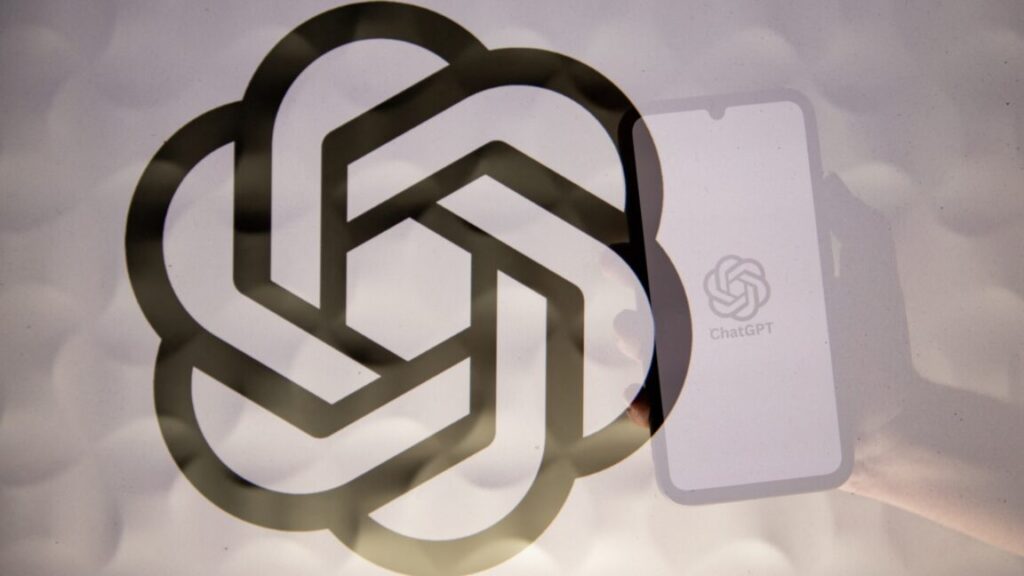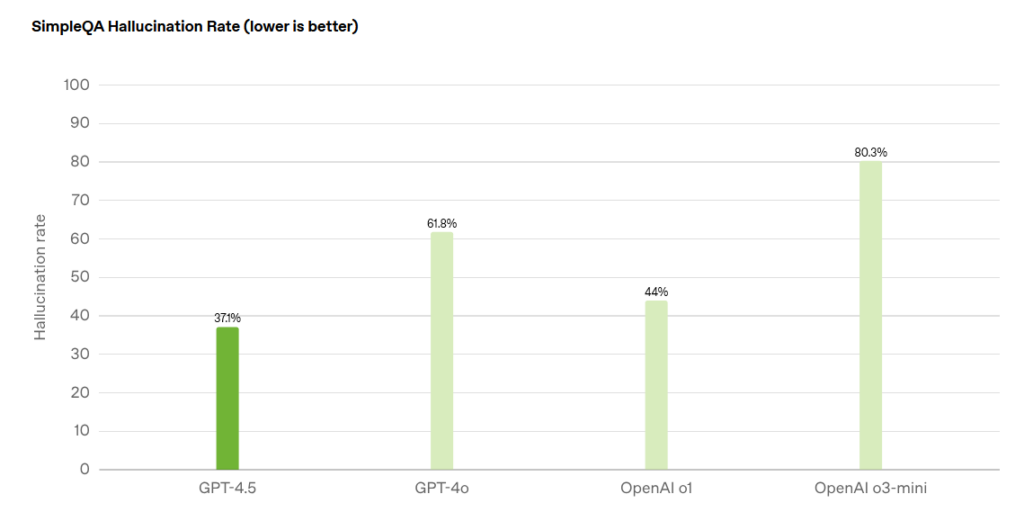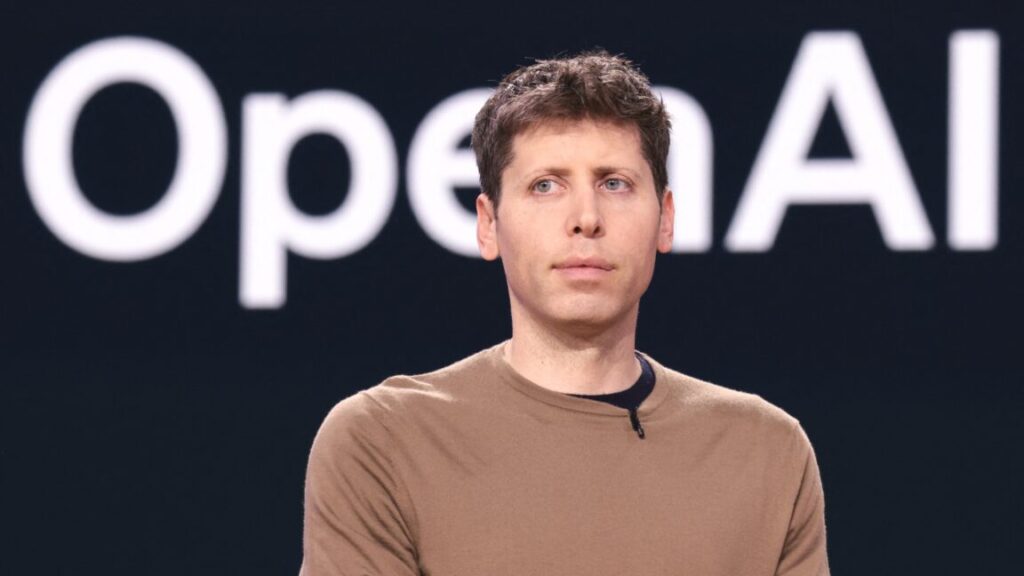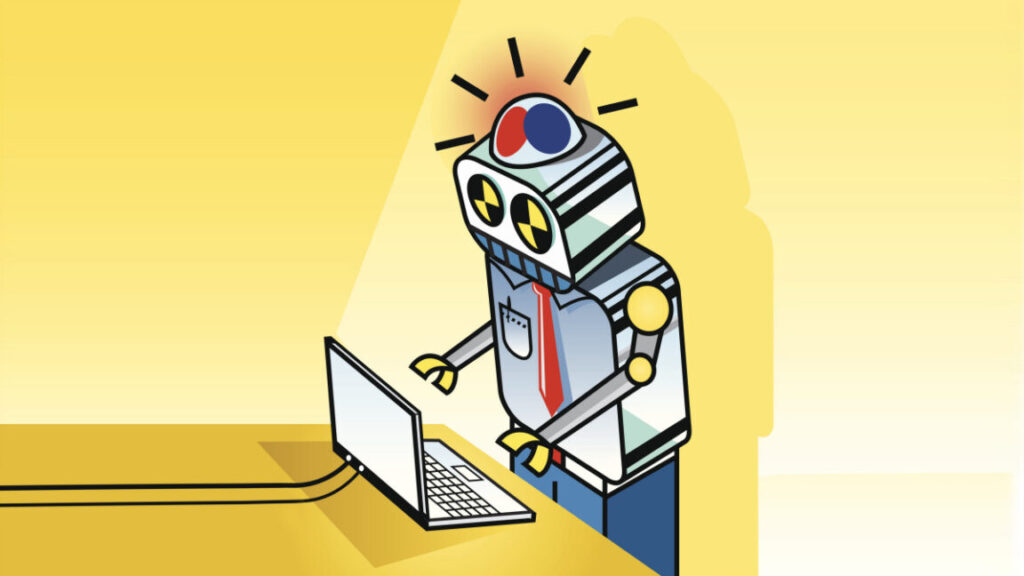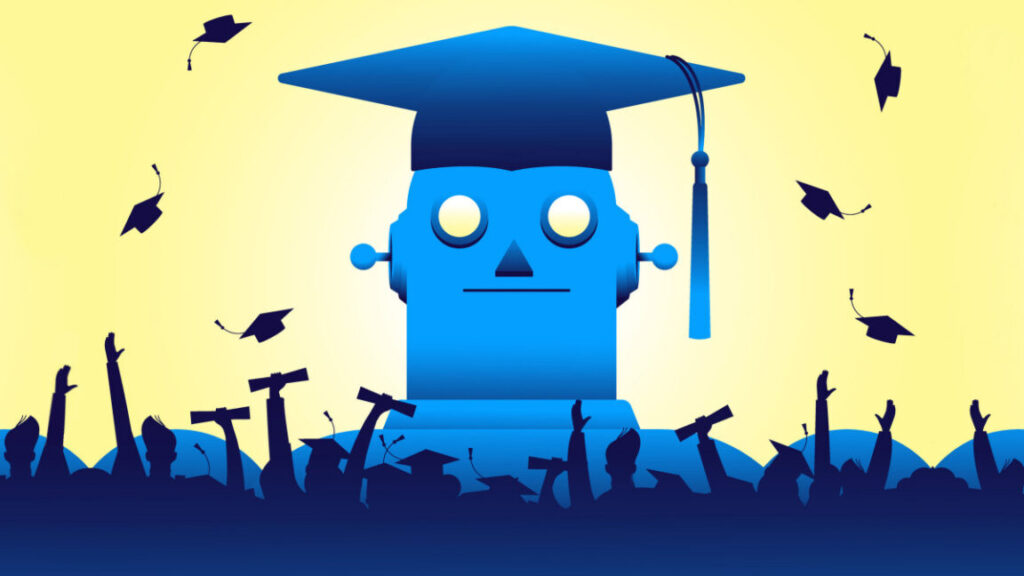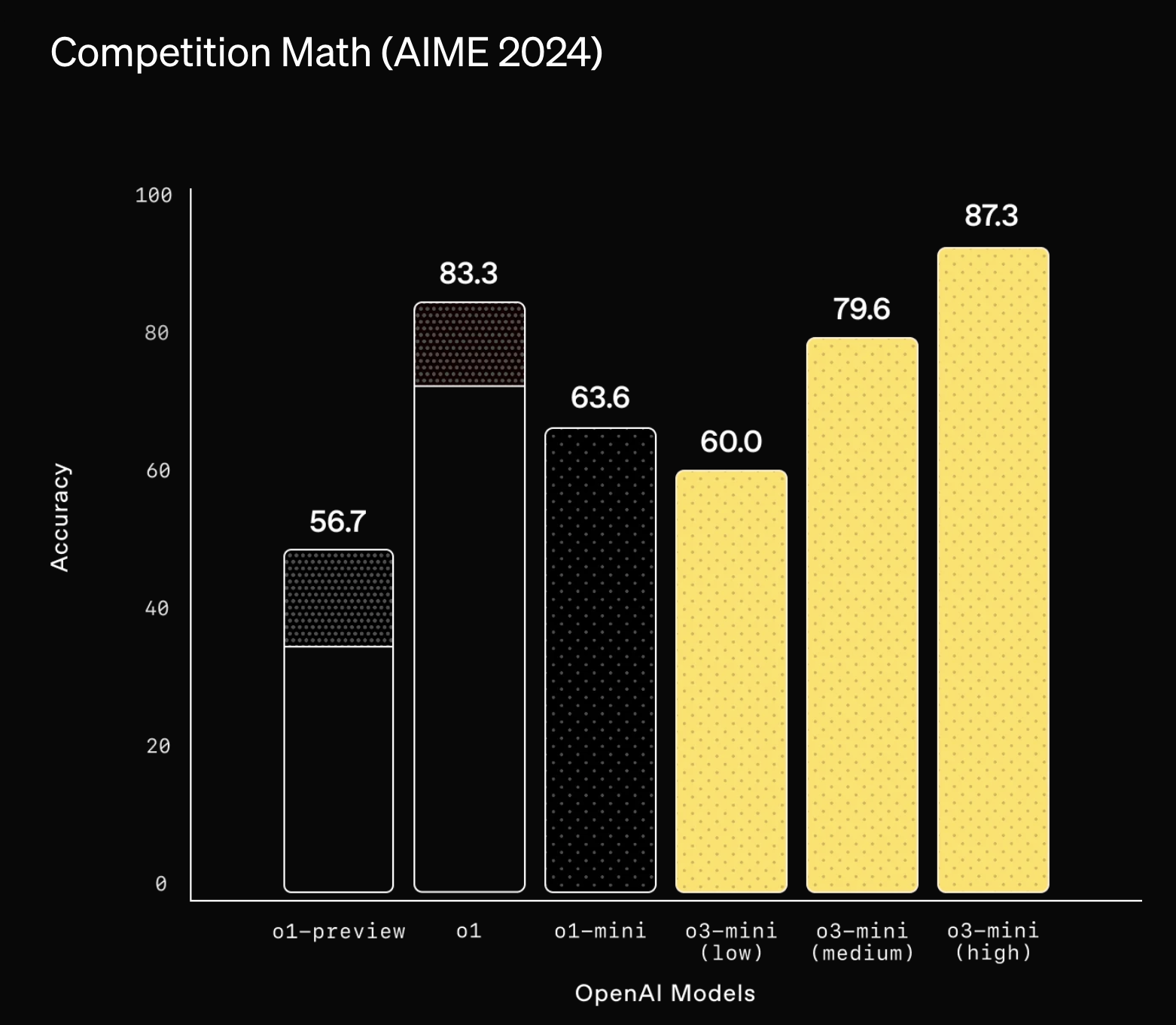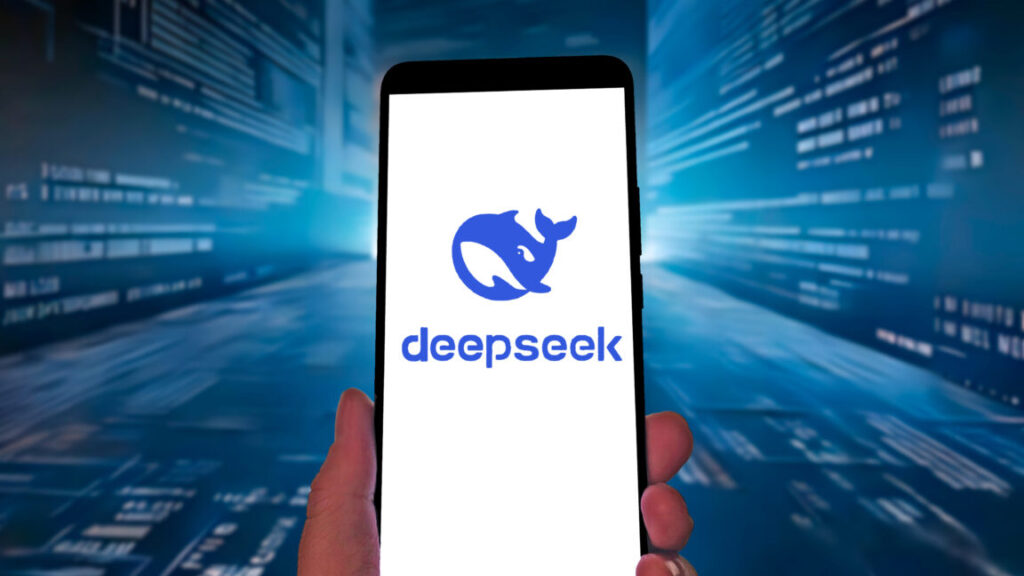Elon Musk loses initial attempt to block OpenAI’s for-profit conversion
A federal judge rejected Elon Musk’s request to block OpenAI’s planned conversion from a nonprofit to for-profit entity but expedited the case so that Musk’s core claims can be addressed in a trial before the end of this year.
Musk had filed a motion for preliminary injunction in US District Court for the Northern District of California, claiming that OpenAI’s for-profit conversation “violates the terms of Musk’s donations” to the company. But Musk failed to meet the burden of proof needed for an injunction, Judge Yvonne Gonzalez Rogers ruled yesterday.
“Plaintiffs Elon Musk, [former OpenAI board member] Shivon Zilis, and X.AI Corp. (‘xAI’) collectively move for a preliminary injunction barring defendants from engaging in various business activities, which plaintiffs claim violate federal antitrust and state law,” Rogers wrote. “The relief requested is extraordinary and rarely granted as it seeks the ultimate relief of the case on an expedited basis, with a cursory record, and without the benefit of a trial.”
Rogers said that “the Court is prepared to offer an expedited schedule on the core claims driving this litigation [to] address the issues which are allegedly more urgent in terms of public, not private, considerations.” There would be important public interest considerations if the for-profit shift is found to be illegal at a trial, she wrote.
Musk said OpenAI took advantage of him
Noting that OpenAI donors may have taken tax deductions from a nonprofit that is now turning into a for-profit enterprise, Rogers said the court “agrees that significant and irreparable harm is incurred when the public’s money is used to fund a non-profit’s conversion into a for-profit.” But as for the motion to block the for-profit conversion before a trial, “The request for an injunction barring any steps towards OpenAI’s conversion to a for-profit entity is DENIED.”
Elon Musk loses initial attempt to block OpenAI’s for-profit conversion Read More »
